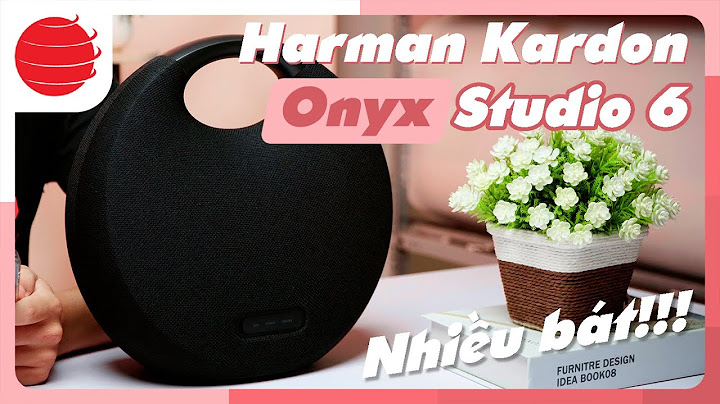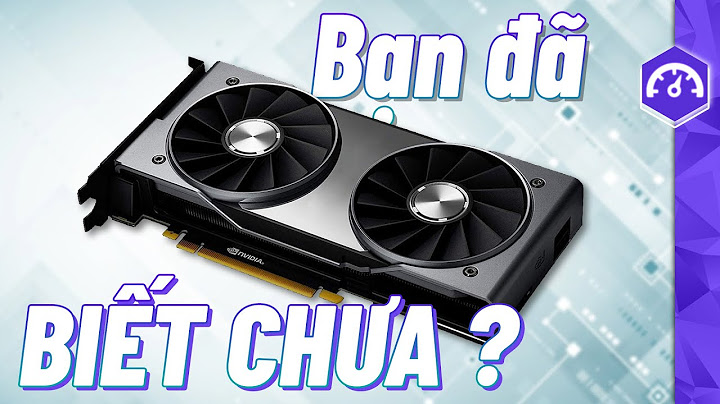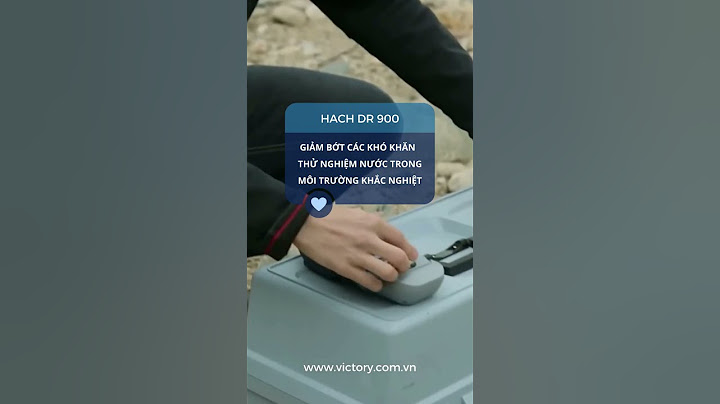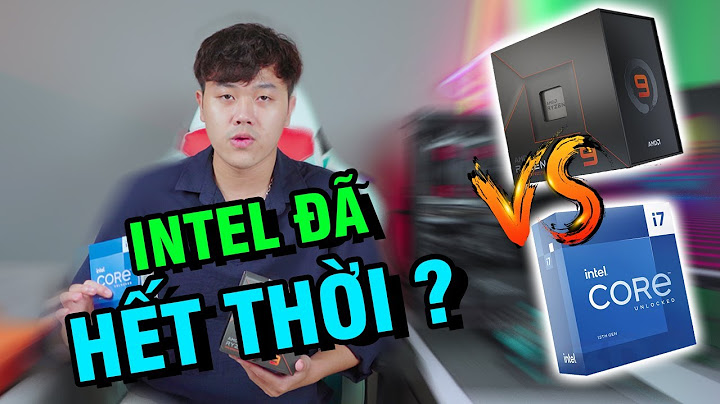One of the first questions that arise during any app development is the exact operating system to target. In this regard, iOS and Android have distinct requirements and audiences. This difference affects the tools and the process for UI designers too. They should pick the right approach so that the development stage goes smoother and users will interact with your app easier — and really enjoy it. Show
This guide explains the exact variations between iOS vs. Android app UI design or the distinct principles of human interface design vs. material design. Our goal is to facilitate creating an intuitive user experience for any business that decided to invest in mobile app development. By knowing these basic UI design rules at the beginning of this journey, you’ll save time, money, and nerves in a long run. In this article, you’ll find an in-depth review of the guidelines for human interface design (for iOS) and material design (for Android) for key managers and design specialists to understand which approach to pick and what are the exact benefits and obstacles for the app development. Based on our experience, we’ll explain the principles, exact technical differences, and best choice between Android and iOS app development for your business. You can request more information on these design types and the peculiarities of mobile app development for different platforms directly from us at the end of this article. Material Design vs. Human Interface Design: The BasicsBoth Apple and Google care about the application appearance in their app stores and provide detailed documentation on app design. Namely, the set of iOS rules is called “human interface design,” while Android devices need you to follow the “material design” principles. These materials are open-source, and any designer can access them anytime. "Both Apple and Google care about the application appearance in their app stores and provide detailed documentation on app design." Sticking to these guidelines is critical for three main reasons:
In short, it’s easier and faster to learn and understand the guidelines beforehand to save time and money during all the app development stages later. Below, we’ll explain the main principles of these two design types. Knowing them doesn’t mean you have to create different apps for iOS and Android. Still, you’ll make more intuitive designs for both platforms by knowing what they expect. What Are Human Interface Guidelines (HIG)?Apple introduced human interface design guidelines (HIG) in 1987 for better user engagement. One of the key principles for iOS is consistency, which is reflected in numerous templates, branding guides, and recommendations on style for buttons, navigation, etc. In essence, HIG is a flat, lightweight design type that creates a realistic environment with accurate skills delivery. Human interface design is highly intuitive, as users recognize the “Apple style” without even knowing human interface design style guidelines. Here are three tenets of iOS app design:
These days, it’s much easier to follow iOS UI design principles than back in 1987. All the templates appear automatically in Figma with each new iOS update, and they are available to all the designers working on this platform. An iOS app designer should use these templates for a better user experience and smooth app publication. On iOS, some reviewers conduct the comparison of your app with the open-source guidelines for human interface design and check the content. That’s why it’s better to check and use the free template during the design stage rather than search for it after receiving the rejection on your app publication. What Is Material Design?The material design guidelines came as the result of Google’s efforts to unify its products. The company started working on its guides in 2011 but finished the process in 2014 only. The essence of Android app design is the combination of with flat, which enabled the introduction of depth and interactivity through movement into the flat environment for a realistic user experience. Android UI design stands on four grounding principles:
What Are the Main Differences between Android and iOS UI Design Types?In terms of UI design, each platform has its own native elements users are used to. That’s why knowing the guidelines of HIG and material design increases designers’ awareness and contributes to their understanding of the current user behavior patterns. Once they follow these differences, you create apps that fit into the habits of your customers and are easy to use and adapt for your developers. In this section, we’ve collected the top 10 most striking differences between the design for iOS and Android. Unit of Measurement
Tap Target Size
System Font (Typography)
NavigationAndroid has a special navigation bar for internal interactions that is absent in iOS. It is called built-in back navigation, has an arrow form, and provides users with an opportunity to move one step back. It may appear inside the app or between several ones. Also, it can serve as upward navigation. Elevation and Shadows
TitlesHuman interface design and material design have the same elements under different titles.
Patterns of App ControlsiOS and Android have different transitions between tabs.
Action Menus
Status BarsStatus bars, or the screens that show information on the Internet connection, battery status, quality of the signal, etc.) have different placement and visualization in Android and iOS devices. Date Pickers
,,Android vs. iOS Comparison: Which Platform to Choose?iOS and Android platforms have their pros and cons. That’s why your app’s goals determine the right answer to this question. First, you should understand your solution, your target audience, and which aims your app serves. Then, you can pick between Android and iOS (or both), based on the platform’s characteristics that serve your aims in the best way. Android app development is relevant for apps that target developing countries, appear on tablets, and are created for children and youth. According to Statista, 72.84% of all apps are Android-based (as of June 2021). Thus, picking Android as your main platform means offering your solution to a wider audience. In addition, Android devices possess the majority of the tablet market; however, in terms of revenue share, Apple’s iPad is much more successful. It owns 58% in Q2 2021, and Intel, coming in second, has only 14%. Generally, the purchasing power of Android users is lower, and the majority of them are young people. What’s more, Android app development takes more time — and money. The reason behind this is simple: Java is the programming language that uses more words for coding than Objective-C and Swift for iOS. The number of potential bugs is also greater, and the high fragmentation level calls for testing an app on more devices. So, access to a wider audience will still have its cost. iOS app development is a good choice if you want to engage an audience with greater spending power — it’s 5 times higher than for Android users. That’s why it’s more relevant to use this platform if you’re about to monetize your app in the future. On average, purchases bring 45% more revenue to Apple than Google, and users are more likely to buy something in your app from their smartphones (23% vs. 17% for Android). So, if you target developed countries like the USA, Australia, and Europe and offer them paid services, it’s better to invest in an iOS app right away. The development for this platform will also be cheaper than for Android. Arounda Company ExperienceArounda created a mobile app design for Klasha, the unified payments solution that allows consumers and retailers to make and receive payments in their local currencies. The project challenge was to create a consistent digital solution for a complex fintech product. We faced sharp competition in the niche, and our task was to make Klasha stand out from the crowd with a user-friendly and attractive platform. The solution Arounda offered was a mobile application, web application, website, and unique branding for Klasha. First, our UX specialists audited the website. This way, we’ve made an action plan that considers all the key pains and issues for the project. Then, we learned about Klasha’s customers: which app features they expect, what they like and dislike about the current situation. Finally, we’ve made a careful competitors analysis, including regional, direct, and indirect competitors. We’ve adopted the best practices on the exact problems and pains found with all this information at hand. Arounda Can Help You with Mobile App Design TooAs you can see, Android and iOS have their own requirements for UI design, and knowing these principles and differences is important to satisfy your users and facilitate the work for developers. What’s more, the exact decision on which platform to choose depends on business-related factors that go beyond drawing the right buttons and picking the most appropriate navigation style — and are still very important. If you need a tech partner who can help you with the design and handle other critical app-related questions, don’t hesitate to contact Arounda! We’ll be glad to create an outstanding mobile app design for you and support you in the stages of discovery, strategy building, UX/UI design, web design, development, and branding. Let us dedicate our skills and experience to making a digital solution that actually meets your customers and lets you achieve your business goals! |




















